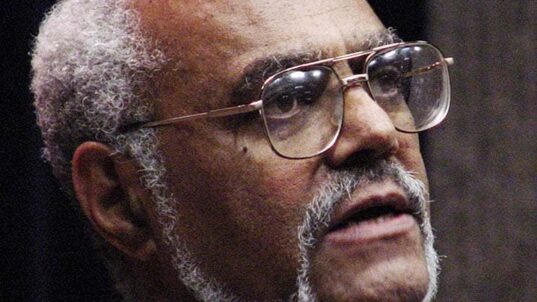
Photo by Christina Morillo from Pexels
Dr. Janice Horton was mentoring a graduate student, Erin Roberts, as she was putting together her syllabus for a freshman history class. Roberts wanted to make discussions a strong element in the class, but needed help in putting together the syllabus for the class. “I want to make the class resemble the graduate seminars I am taking, but I’ll have twenty-five students instead of seven,” she said.
Horton responded by saying, “I’m going to be fairly directive in my advice, but feel free to adapt it as you see fit.”
“Let’s start with how you organize the discussions. You could lead them yourself. But the problem with that approach is that only a few students will typically participate. Remember these are first-year students, and even though you are not much older than they are, they will still be intimidated by you.”
“I recommend that you divide the class into groups of five or six students. Have the group members take turns being the discussion facilitator for their group. You will provide the discussion topics and observe the discussions. That way everyone participates.” (You can find a discussion guidebook here.)
“I like that”, said Roberts, “but how do I get the students to take the discussions seriously? Should I grade the discussions?”
“Yes, you should. That’s another advantage of doing the discussions in small groups. It’s really hard, if not impossible, to assess full-class discussions.” I suggest you base the discussions on three criteria. First, I suggest you evaluate the discussion facilitator. I have a rubric you can use for this. Second, I would suggest that you have each group submit a discussion summary. This will give you an idea of whether the groups had a good sense of the topic they were discussing. Finally, I would ask each student to do a short reflection on the discussion. This will help them improve their discussion skills.”
“Thanks so much. I would never have thought about that,” replied Roberts. “One final thing: what’s my role while the groups are involved in the discussion?”
“Primarily you will be observing the discussion facilitators. I recommend that you circulate around the room, moving from group to group. Sit behind them so they are comfortable with your presence, but so you’re not intruding. Capture notes on how the facilitator is doing. Even as little as five minutes per group will give you a lot of insight. But what you don’t want to do is join in on the discussion.”
“One final thing. I would make the part of the grade that comes from the discussion to be roughly equivalent to the amount of class time is spent in discussion. You want students to be serious about discussions because they will be doing discussions in many of their future classes.”
That concluded their syllabus conversation, but Horton made sure that Roberts knew that she would be available to mentor her throughout the course. “I think you will find that doing student-centered discussions well is quite rewarding–but not as simple as it would appear.”
* * *
“The delicate balance of mentoring someone is not creating them in your own image, but giving them the opportunity to create themselves.” – Steven Spielberg (filmmaker)
This post is part of our “Think About” education series. These posts are based on composites of real-world experiences, with some details changed for the sake of anonymity. New posts appear on Wednesdays.



